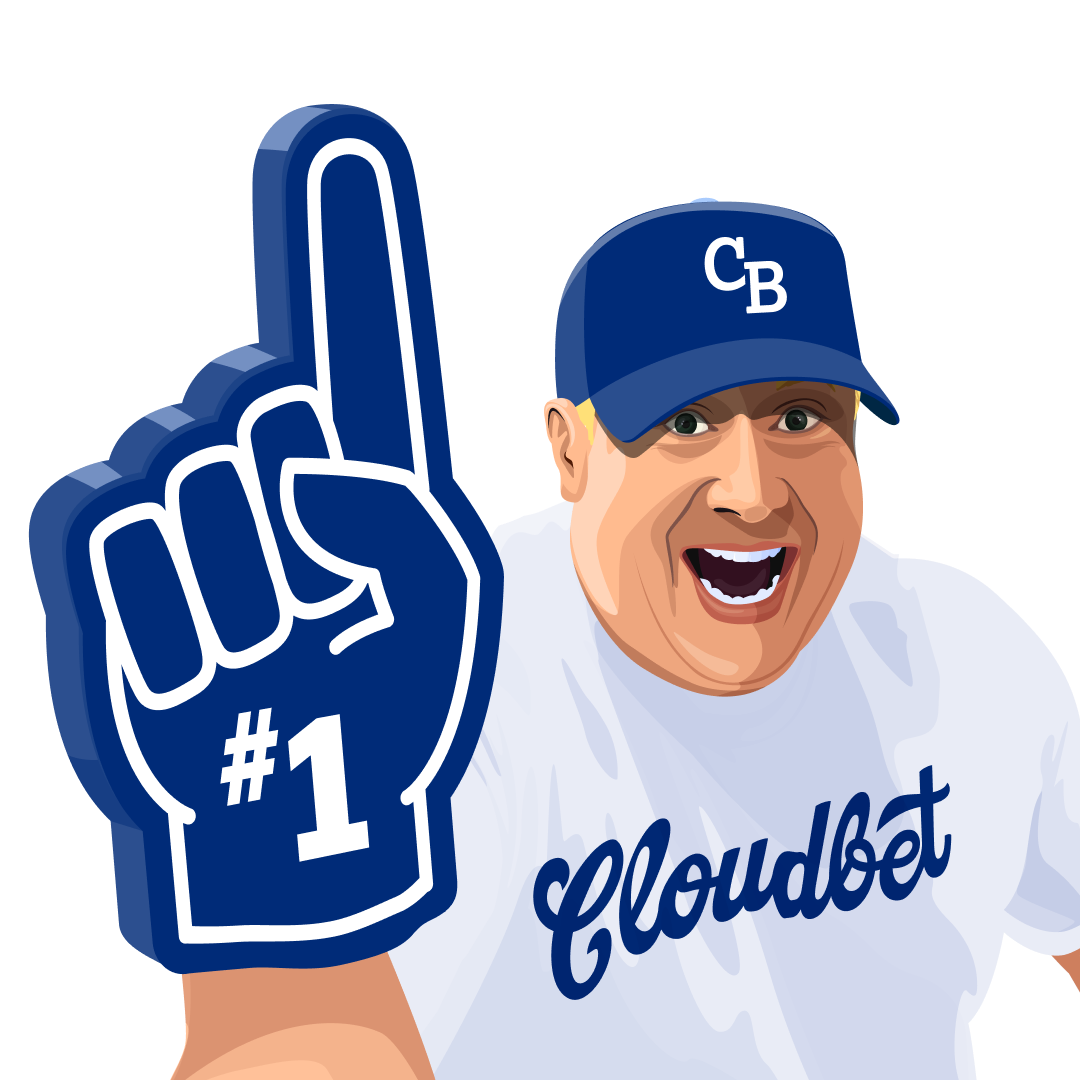The US Open begins soon, so now is an appropriate time to discuss the skill-sets that men’s tennis players need to have in order to succeed in New York, so that we can try and formulate edges for the betting markets. In our bitcoin betting guide to the US Open, we dive in to the data to see if there are patterns we can exploit.
Previously we found that for Wimbledon, serve ability was much more critical than performance on return, finding that almost exclusively, quarter-finalists in recent years had a surface hold percentage in excess of 85%, and often greater than 90%. Only Andy Murray, as a relatively return-orientated player, has had sustained recent success at SW19.
The US Open is the most difficult to predict
With this in mind, it will be interesting to assess whether the US Open has a similar dynamic. Looking at the list of winners, it is arguably the most open Grand Slam of them all, with seven different champions across the last decade. This historical tendency in itself is unusual for men’s tennis, where the elite four have tended to dominate over the last decade, but it’s also worth noting that all of these players – and indeed the majority of the runners-up – have come from perennial top ten performers.
Over the last three editions of the US Open, servers have not thrived.
While service games at Wimbledon are held around 85% of the time, from 2015-2017 in New York, this figure fell to just 77.6%, a figure that would grade it as a medium-slow hard court venue. In addition, aces per game was low, at 0.52, with the ATP hard court mean during this period being 0.56. Looking at these statistics, it would indicate that conditions in New York do not benefit servers at all.
During the process of obtaining data for this piece, I took a look at which players made the quarter-finals at Flushing Meadows from 2015 to 2017. The number of different quarter-finalists (18) as well as the fact that just six players made two quarter-finals, and none made three in a row, further back-up the earlier assertion that this is a historically very open tournament, dominated less by elite players than other Grand Slams.
Which players hold their serves most often
The average ATP player on hard court holds serve 79.6% of the time during the last three years, breaking 20.4%. Of the eighteen quarter-finalists in the US Open from 2015 onwards, just four players have a three-year hard court hold percentage below this mean figure – Richard Gasquet, Lucas Pouille, Andrey Rublev and Diego Schwartzman. So evidently a solid serve, at least, is useful.
However, rather differently to Wimbledon, where we saw a plethora of players hold in the high 80%s, if not over 90% of the time, this was not the case in New York. Just three quarter-finalists from 2015 onwards – Kevin Anderson, Roger Federer and Jo-Wilfried Tsonga, have held serve in excess of 87% in hard court matches in the last three years, so it looks like a big serve is much less of a driver to success in the US Open.
It is very clear that a dominant serve will only get a player ‘so’ far in the US Open.
This was confirmed by analysing the aces per game figures for these quarter-finalists. As we discussed earlier, the average hard court game sees 0.56 aces served, and only ten of the eighteen players were able to beat this figure. Kevin Anderson, Feliciano Lopez, Sam Querrey and Jo-Wilfried Tsonga were the only players able to serve in excess of 0.80 aces per game.
A strong return game is key
A strong return game was much more relevant in America, compared to Wimbledon, with thirteen of these quarter-finalists being able to break opponents more than 20% of the time in the last three years on hard court, while ten were able to do so in excess of 25%.
Rather than the serve-orientation of Wimbledon, it appears clear that overall competency on both serve and return is more relevant at the US Open. Thirteen of the eighteen players also had a combined hold/break percentage in excess of 105% – in other words, they are clear top twenty level on the surface. In what looks like a very open tournament, bettors should be looking for the following attributes in a player:-
- Ability to hold serve over 80%, and ideally over 83% on hard court
- Ability to break opponents over 25%
- Combined hold/break percentage over 105%
There are a number of players who fit at least two of these criteria, if not three, and they aren’t necessarily some of the bigger names on tour. With a competitive tournament in prospect, finding some of these players – who may be flying under the radar a little – has the potential yield some profits in the Mens US Open outright markets.
Ready to bet on the US Open? Create an account and deposit bitcoin to get started today.





